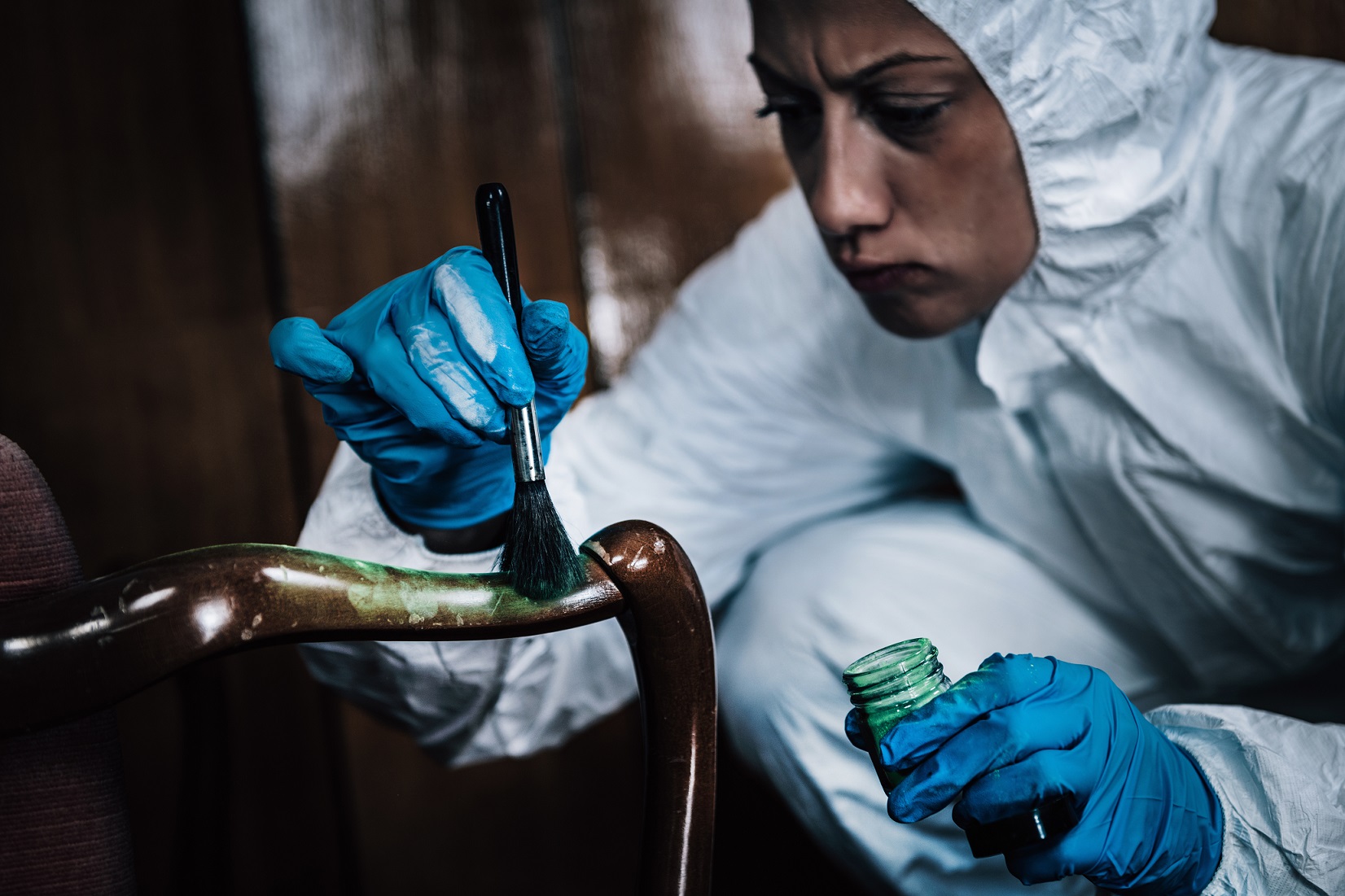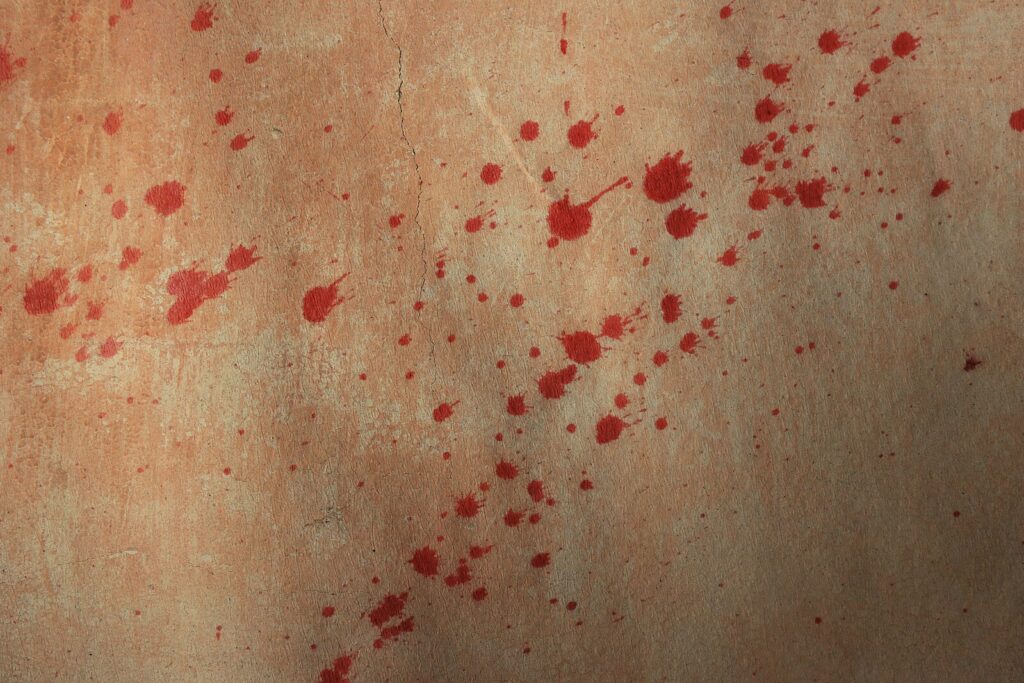Now Reading: Forensic Physical Fits in Trace Evidence Discipline
-
01
Forensic Physical Fits in Trace Evidence Discipline

Forensic Physical Fits in Trace Evidence Discipline
Introduction:
“Every contact leaves a trace” was theorized by Dr Edmond Locard which is famously known as Locard’s exchange principle. When contact between two objects takes place, it leaves some transfer between the purpose. In a crime scene, when a perpetrator commits a crime, they will leave something behind or take something with them due to their contact with the crime scene. This contact may lead to the transfer of trace materials known as trace evidence. The trace materials include human hair, animal hair, textile fibres, soil, rope, glass and paint. Thus, trace evidence is concerned with recognition, detection, collection, characterization, comparison and interpretation of this material collected to form evidence. To compare and interpret the trace evidence forensic physical fit of these trace evidence are necessary [1,2].
Physical fit can define as a realignment of two or more objects used to prove they formed a single object [3]. In forensic setup, realignment of an object left in the crime scene with the purpose obtained from the suspect can be crucial evidence to interpret or lead an investigation. In cases of hit and run case, if there is a physical fit established between the residue of paint obtained from the scene of a crime and the scratch marks or missing paint on the car of suspect it could be useful in further investigation of crime. Over the years, physical fit has used for investigation and many researches have conducted on the same to prove the reliability and validity. Physical fit distinguishes the trace evidence due to the individualization of the object that formed through realignment. Examples of these individualizations include broken parts of car, glass, paints, insulation tapes, woods and metal pieces [4,5].
1.Classification of Physical Fit:
1.1.Direct Physical Fit:
This type of physical fit is the direct matching of the fractured or torn piece, which can be a direct fit into the rest of the known pieces back together like the pieces of the jigsaw puzzle. It referred to as primary or first-order matching. It applies to solid materials like glass, plastic or metal. Careful matching of the objects will undoubtedly indicate that pieces when to put together form part of the same object. So, if the questioned piece will fit the piece retrieved under suspicion and will match to form a single object, then it is a direct fit. For example, a broken glass piece found in the crime scene matches the fractured glass in possession of suspect, this physical fit can lead to link the suspect to the crime [5,6]
2.2. Indirect Physical Fit:
Indirect physical fit matching involves a comparison of fractured or torn objects when the direct physical match is unavailable due to missing pieces or edges of the object are uneven. Therefore this process referred to as a secondary match. Indirect physical fit matching applies to items like fabric, paper or items that are not solid. The indirect physical fit does not fall into pieces of a jigsaw puzzle and therefore are more subtle and delicate cues for investigation [6]
2. General Principles in Comparison of Physical Fit patterns:
2.1. Recognition:
The first and foremost part of an investigation is the examination of the crime scene and recognizing the potential evidence. It is an essential step in linking an individual to the crime. It depends on the examiner’s skill to identify the feature, forms and patterns of the trace and to understand or recognize the potential of this trace to become evidence for later physical fit [6]
2.2. Identifying the evidence for physical fit:
After recognition of the evidence, the specimens obtained should compare to ensure that they were once part of the whole. The evidence should, therefore, compare to identify their class and individual characteristics. Class characteristic refers to the identification of the item as a member of class like the brand, size or general aspect which contributes to its wholeness. While individual characteristics refer to the thing identifies based on the unique feature that indicates the individuality of the item [6].
2.3.Exclusion of inconclusive evidence:
It is essential to realize that not every trace evidence will be a physical fit or match. Some of the evidence may not lead to any conclusion, and therefore it must be excluded. It can be due to insufficient details for comparison or inability to identify common characteristics [6].
3. Common physical fits in crime scenarios:
3.1. Glass evidence:
Glass evidence can be noted in crime scenarios involving automobile accidents, break-in burglary, hit and run cases or in misfires from the guns. Glasses can be most common physical fit as they can describe and identify quickly due to their characteristics like the thickness of the glass, colour and refractive index. They can directly use for matching after identifying such familiar characters for linking the suspect or perpetrator of the crime [6,8].
3.2. Duct Tapes:
Duct tapes found in association to crimes involving abductions, homicides or felony. Duct tape end matching for physical fit id analyzed for possibly linking the suspect and victim of the crime. Research has indicated that duct tape end matching is valid as physical fits which can be potential trace evidence. In a study conducted to identify duct tape for end matching it found that false-positive rate ranged from 0.00 to 0.67 for torn tape and cut tape, it was 0.00 to 0.33. It indicates a smaller number of misidentification. However, duct tape as evidence should back up with other corroborating evidence [6,9].
3.3. Fibre and hair evidence:
In most of the crime scenes, most commonly fibre and hair evidence observed as trace evidence. Identifying and examining the fibre or hair evidence can link to the perpetrator most of the time. In a famous case of Dr. Jeffrey McDonald who accused of murdering his pregnant wife and two children, one of the evidences that linked him to the murder was the fibre found under the body of his wife which was matched to the pyjamas of the doctor [6,10].
There are several other cases where direct and indirect physical fit had established a link between the perpetrator to the crime. In another case of a young girl abducted a in Tuscon area in California in the mid-1980s, the perpetrator was convicted based on the dent marks and pink paint traces from the girl’s bicycle. The paint trace from the bike was an indirect forensic physical fit that linked the perpetrator to the crime [11].
Conclusion:
Forensic physical fit can be a useful indicator for investigation of crimes which can lead in aiding the research and linking the missing mysteries in a crime. Several types of physical fit evidence have gone through validation studies to analyze that physical fit as the evidence does not lead to misidentification. Physical fit can be used as evidence upon careful examination and further analyzed using different instruments based on the type of evidence for a little understanding of their characteristics. Physical fits are most helpful when used in tracing or linking and for aiding in investigations. Physical fits can become most compelling evidence in court if they are further analyzed technically and explained and connected with a successful realignment of pieces objects to indicate that they were once part of a whole purpose.
References:
1.FBI. (1999, October). Retrieved from Federal Bureau of Investigation: https://archives.fbi.gov
2.Mistek, E., Fikiet , M., & Khand, S. (2018, November). Toward Locard’s Exchange Principle:Recent Developments in Forensic Trace Evidence Analysis. Retrieved from National Institute of Justice:https://nij.ojp.gov/library/publications/toward-locards-exchange-principle-recent-developments-forensic-trace-evidence
3.Novak, T. (n.d.). Physical Fit/ Fracture Match Analysis. Retrieved from American Society of Trace Evidence Examiners: https://www.asteetrace.org/fracture
4.Jayaprakash, P. T. (2011). Practical relevance of pattern uniqueness in forensic science. Forensic Science International, 403.
5.Brooks, E., Prusinowskia, M., & Gross, S. (2020). Forensic Physical Fits in Trace Evidence Discipline: A Review. Forensic Science International , 4-7.
6.Harris, H., & Lee, H. (2019). Introduction to Forensic Science. Taylor & Francis.
7.Yekutieli, Y., Shor, Y., Wiesner, S., & Tsach , T. (2012). Physical Matching Verification.
8.Glass Evidence Analysis. (n.d.). Jones and Bartlett.
9.Tulleners, F., & Braun, J. (2011). The Statistical Evaluation of Torn and Cut Duct Tape Physical End Matching.
10.Montaldo, C. (2019, July 16). The Case of Convicted Killer Jeffrey MacDonald. Retrieved from ThoughtCo: https://www.thoughtco.com/jeffrey-macdonald-profile-972176
11.Duisen, M. (2014, August 17). 10 Crimes Solved By A Tiny Piece Of Evidence. Retrieved from Listverse: https://listverse.com/2014/08
Author:
Swetha Sadanandan, Intern at Dept. of forensic Sci & Criminal Investigation (June 2020), Legal Desire Media & Insights








